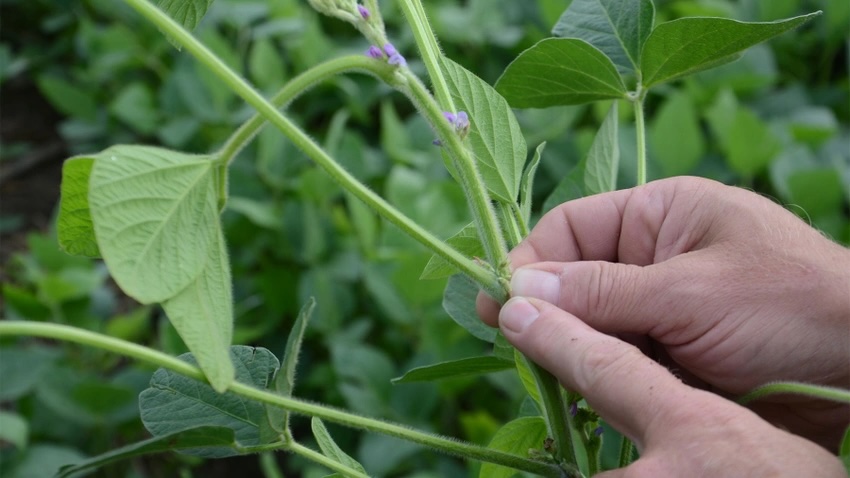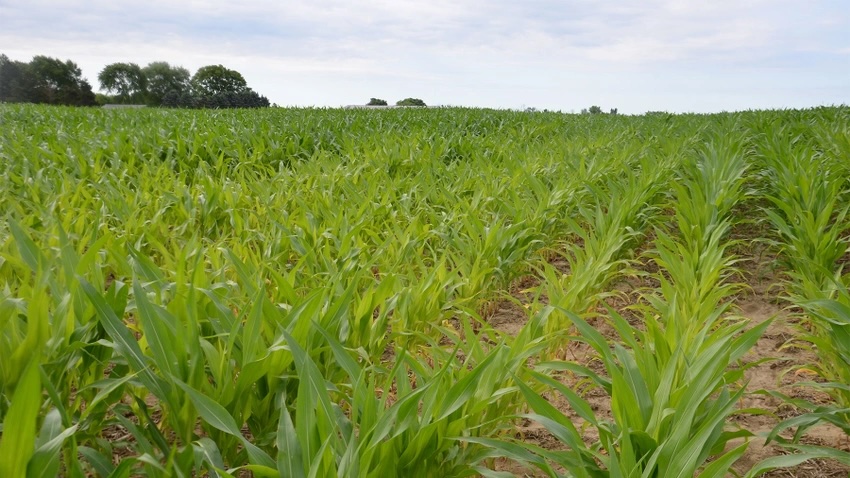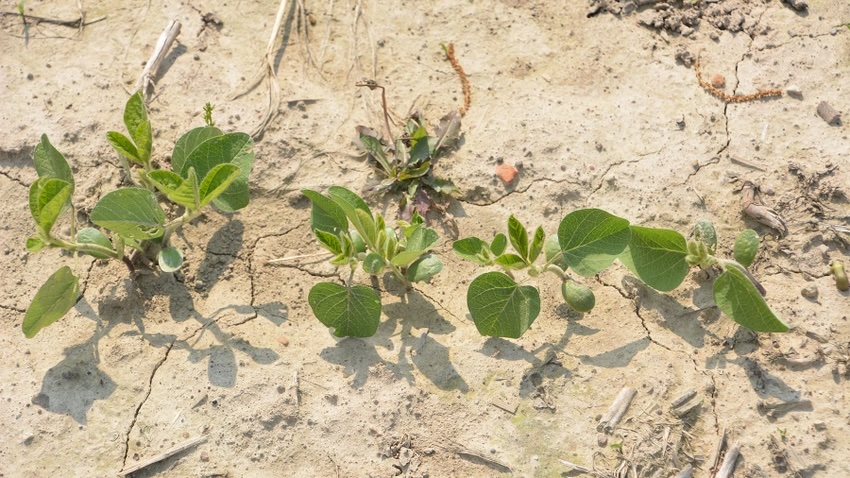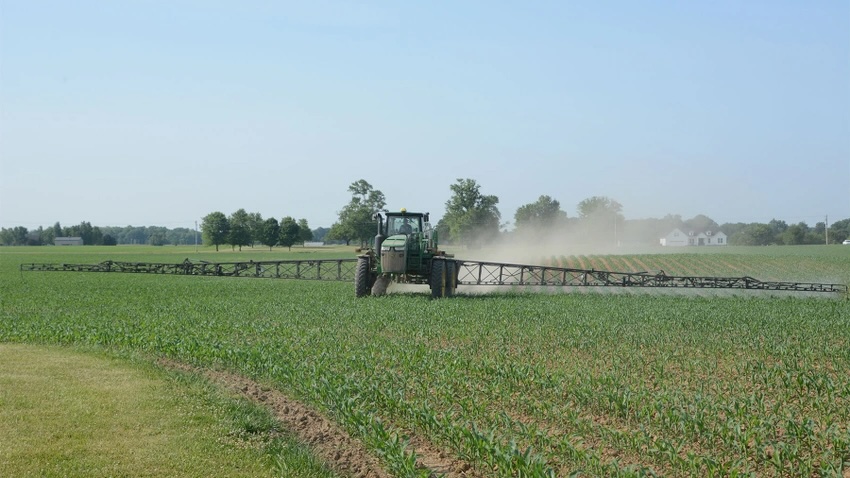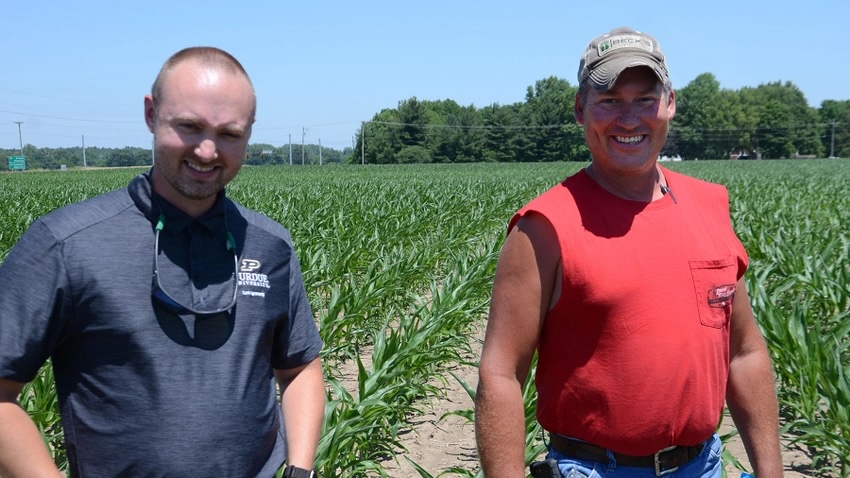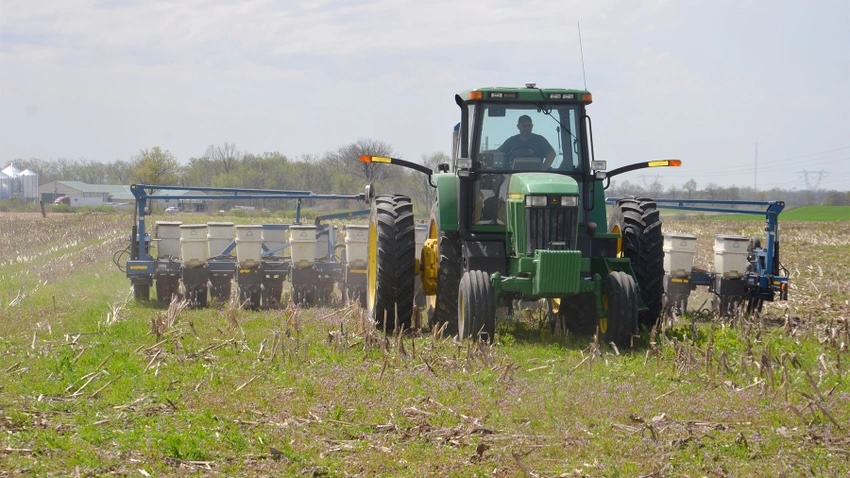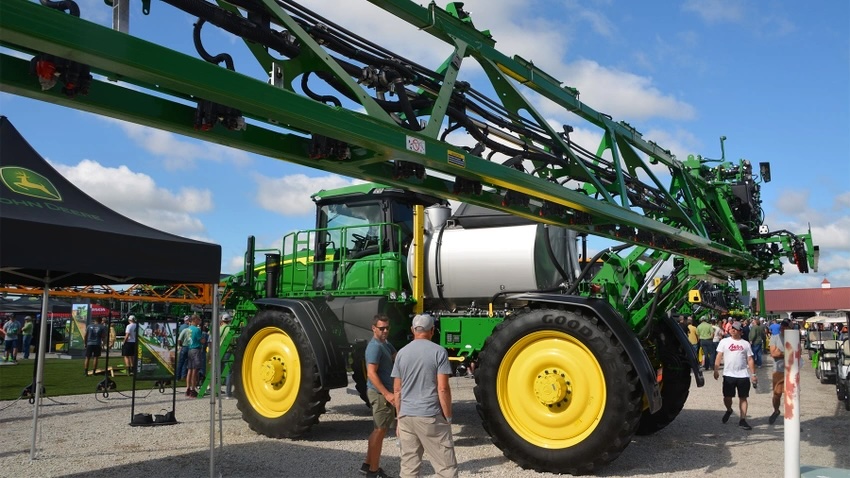Determine which seeding rate posted best return
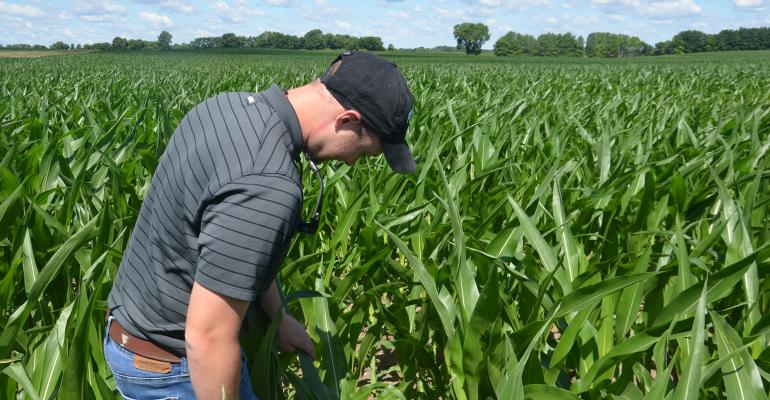
Corn Corner: Gather enough information to calculate the best return on investment for various seeding rates.
Jun 22, 2022
My dad bought in to cutting seeding rates in corn. We planted his 550 acres at 29,550 seeds per acre. I stuck with 33,500 on my 250 acres. We compromised at 32,000 on rented acres. What information should we collect to determine which was best?
The Indiana certified crop adviser panelists answering this question include Betsy Bower, agronomist for Ceres Solutions, Lafayette; Dan Quinn, Purdue Extension corn specialist; Greg Kneubuhler, G&K Concepts Inc., Harlan; and Bryan Overstreet, Purdue Extension educator, Jasper County.
Bower: You can easily do a preharvest yield check. Count harvestable ears in 1/1,000 of an acre, removing each fifth ear and determining average row number and row length to find the average number of kernels per ear. Multiply average number of kernels per ear by number of harvestable ears. Divide by a kernel weight fudge factor of 75 to 80 for good growing conditions or 90 for less-than-ideal conditions. The fudge factor represents how many kernels equals a bushel of corn.
Using this method lets you estimate yield field to field. Your final measurement is harvest.
Kneubuhler: Seeding rates need to follow soil types, elevation and water-holding capacity across the field. That supports a variable-rate seeding situation if you have variable soils. Most seed company data show many varieties peak out around 32,000 to 33,000. We’ve seen lower rates prevail in much of our data. Neither of you are technically wrong. Taking it to yield will be a good management practice.
But ultimately you should have run different rates in each of your three scenarios to give yourself a comparison. I highly doubt soils, drainage, soil fertility and conditions are the same across all three scenarios. So, choosing a rate is best done by giving yourself all those rates in each scenario. Understanding your own hybrids can be beneficial to choosing seeding rates if you flat rate your farms.
Overstreet: I would look at plant health and standability prior to and during harvest. Collect yield data through harvest. Once you have that data, look at harvestability, cost differences and yields to determine if extra yield outweighed lower seed cost in the long run.
Quinn: If you have a calibrated yield monitor and can obtain yield data, the first step is looking at yield data where corn was planted at 29,550 seeds per acre compared to yield data where corn was planted at 33,500 seeds per acre. However, in the future, it would be worth adding multiple, randomly placed strips of both seeding rates in the same fields to get a more accurate comparison of corn response to both seeding rates. This would allow for the most informed decision on which seeding rate to use moving forward.
Purdue research shows that corn yield can be similar across a wide range of plant populations of 28,000 to 35,000 plants per acre, or seeding rates of 29,500 to 36,800 with 95% stand success. Corn hybrids can adapt to high plant populations, but also can adapt to low plant populations. This is why variable-rate seeding on most productive, non-droughty soils in Indiana doesn’t always provide strongest results.
Also, think about the economic side of increasing seeding rates. Even if a seeding rate of 33,500 seeds per acre produced a higher yield, did additional yield pay for extra seed? Or is it more economical to plant 29,550 seeds per acre?



